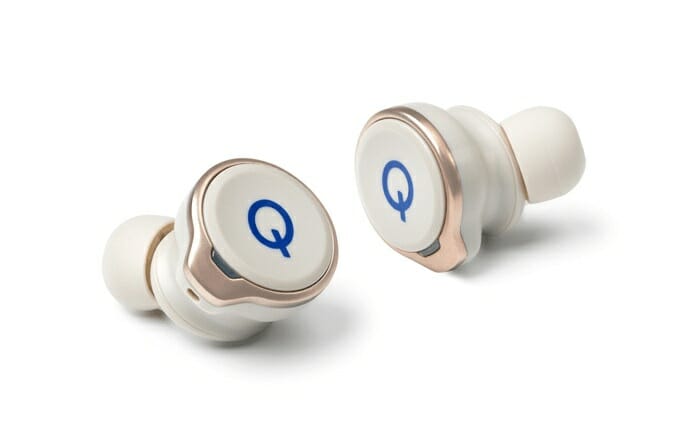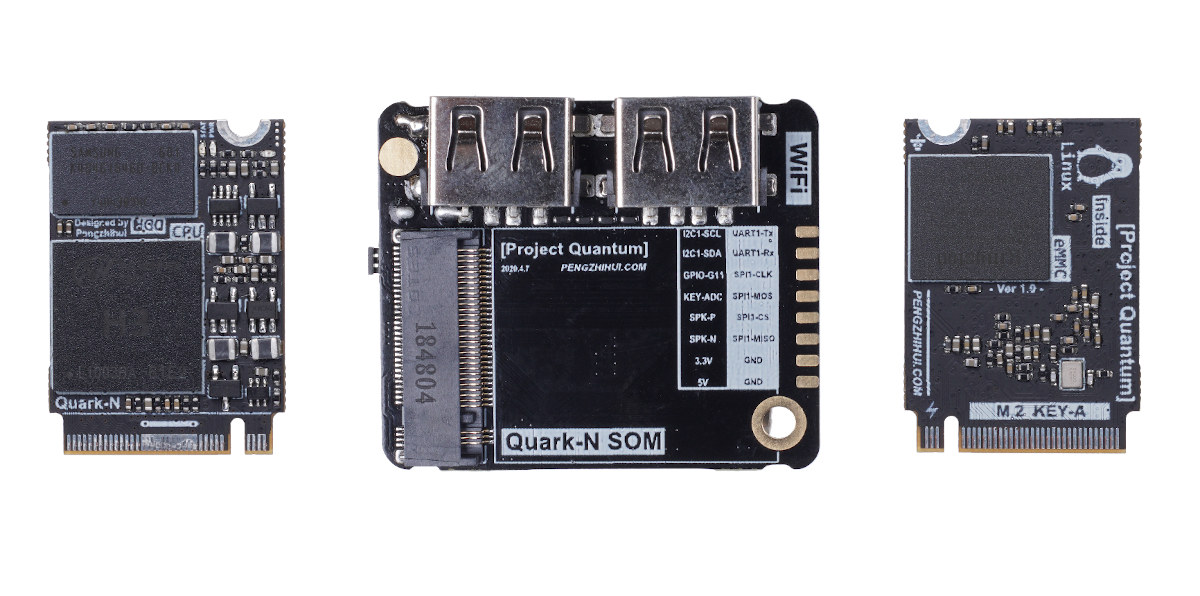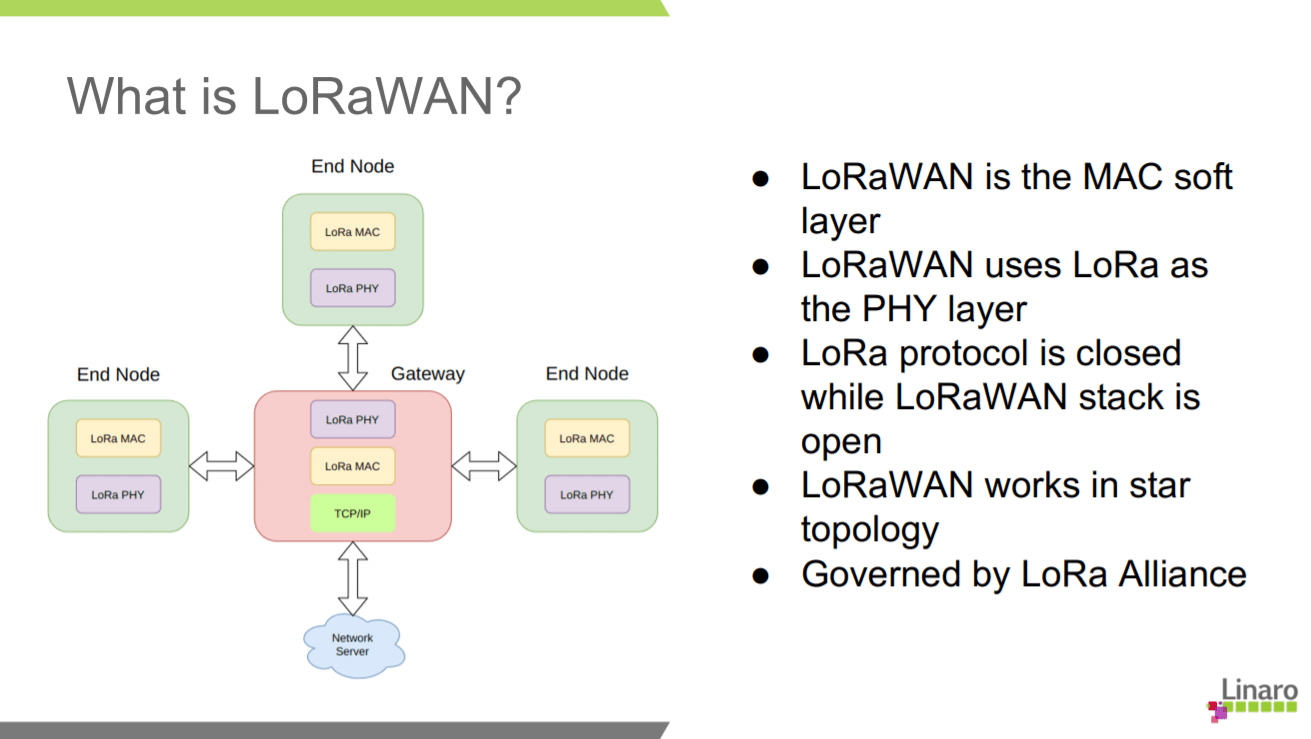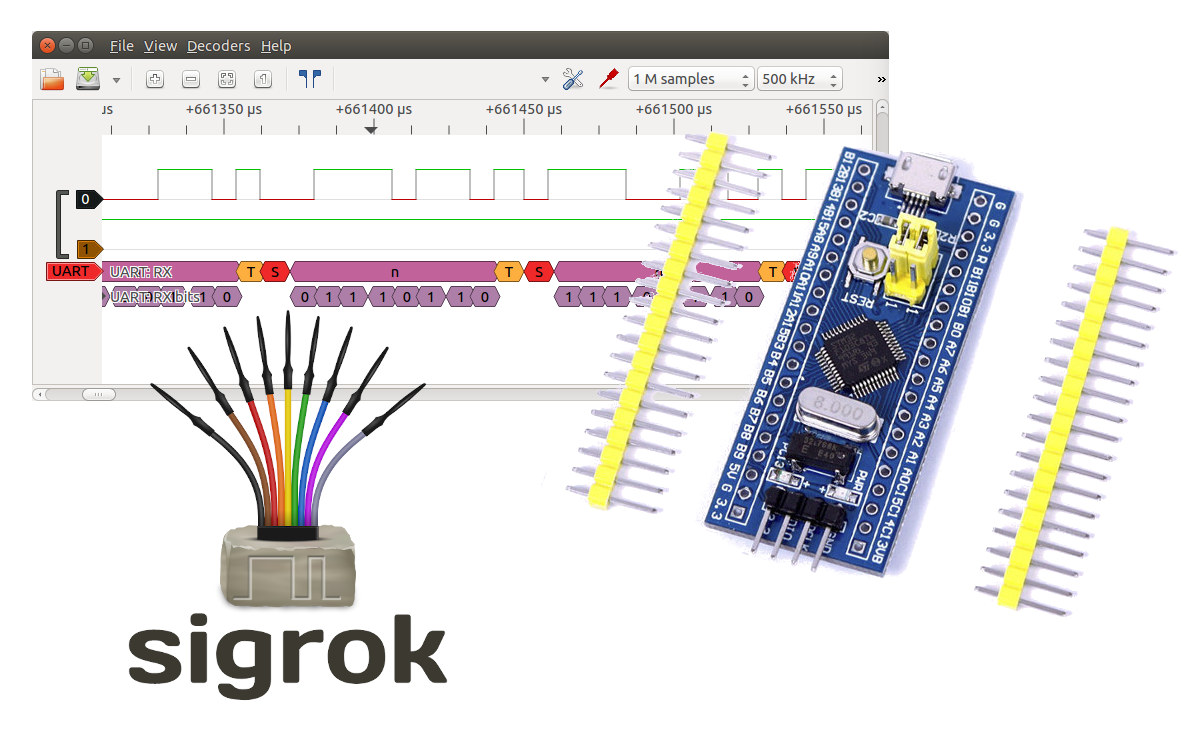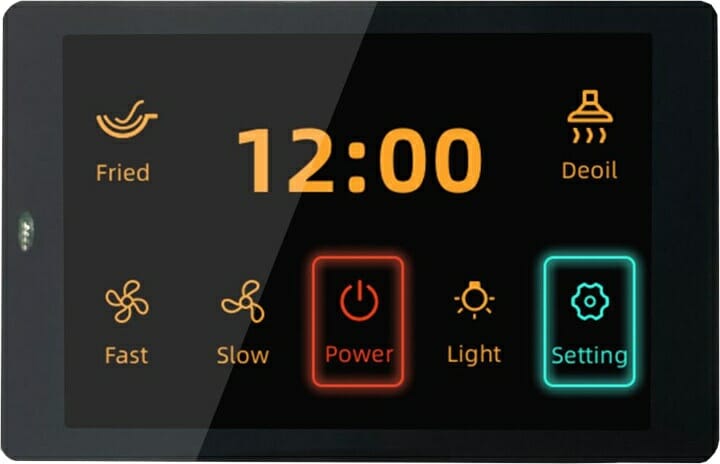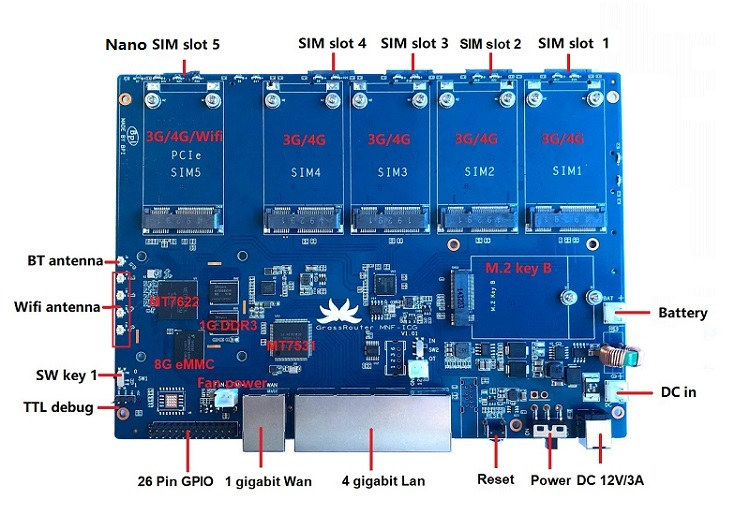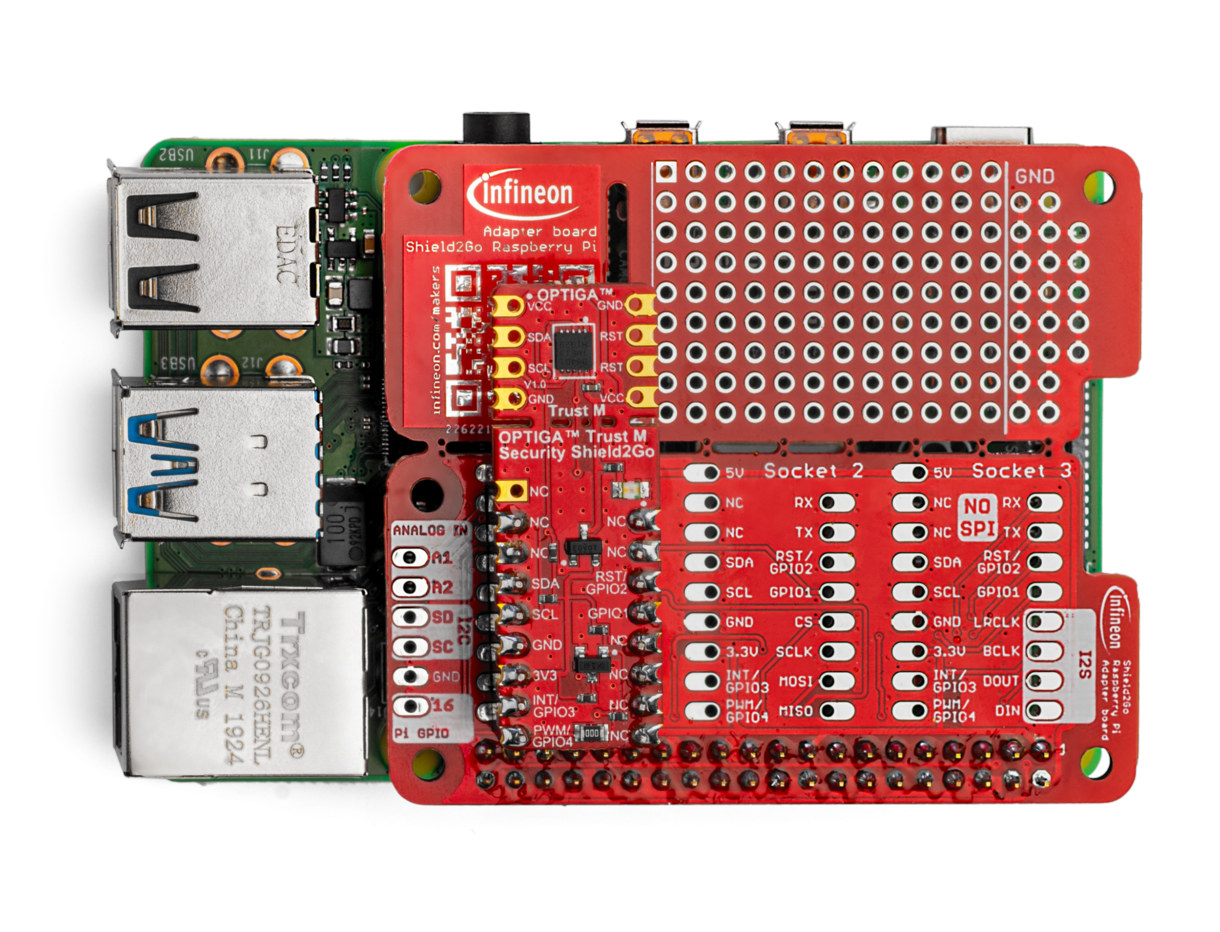Qualcomm has recently unveiled an earbud reference design based on the company’s QCC5141 low-power premium-tier Bluetooth SoC that supports TrueWireless Mirroring and Hybrid Active Noise Cancellation (ANC). What are TrueWireless Mirroring and Hybrid ANC? Qualcomm TrueWireless Mirroring technology relies on only one earbud to maintain the Bluetooth connection with the smartphone, while the secondary bud mirrors the connected bud. If the connected earbud is removed, the secondary earbud assumes the connection with zero interruption. The technology enables both a better, more stable connection and lower power consumption Hybrid Active Noise Cancellation (ANC) is designed to provide high-quality immersive experiences and enable natural leak-through of noise to allow for awareness of surroundings. Qualcomm ANC is fully integrated into this QCC5141 chip to reduce the complexity, cost, and PCB space of adding ANC to earbuds and hearables. QCC5141 Earburd Reference Design Key features and specifications: WiSoC – Qualcomm QCC5141 single-chip Bluetooth SoC […]
Quantum Mini devkit combines Allwinner H3 M.2 SoM with baseboard
Quantum Mini may be yet another Allwinner H3 Arm Linux development board, but what makes it special is the company used the standard M.2 Key-A 22mm form factor to create Quark-N Allwinner H3 system-on-module with storage and memory. The kit is completed by Atom-N baseboard that takes the M.2 module and offers two USB 2.0 ports, one USB Type-C port, as well as 2.4 GHz WiFi 4 and Bluetooth 4.0 connectivity, and a MicroSD port for additional storage. Quantum Mini development kit specifications: Quark-N SoM SoC – Allwinner H3 quad-core Cortex-A7 @ 1GHz with Mali-400MP2 GPU System Memory – 512MB LPDDR3 Storage – 16GB eMMC flash Interfaces exposed via M.2 connector – Ethernet, SPI, I2C, UART, GPIO, MIC, LINEOUT Dimensions – 31 x 22mm (6-layer PCB) Temperature Range – 0-80°C Atom-N baseboard M.2 socket for Quark-N system-on-module Storage – MicroSD card slot Display – TFT display Connectivity – 2.4 GHz […]
LibIIO – Library for interfacing Linux industrial I/O devices
For more than 6 years, the LibIIO library has existed to ease the development of software interfacing Linux Industrial I/O (IIO) devices. It is part of the Linux Kernel and a subsystem that provides support for devices like analog to digital or digital to analog converters (ADCs, DACs). This subsystem includes ADCs, accelerometers, pressure sensors, color, light and proximity sensors, temperature sensors, RF transceivers, and many more. You can use LibIIO natively on an embedded Linux target. It is cross-platform, supporting Linux, Windows, and Mac OS. Analog Devices Inc. was the main company behind LibIIO development, which is currently an active open-source library, which many people have contributed to. What does LibIIO do? LibIIO will identify the channels that belong to each device. It will assign specific attributes, one for the channels and one for the devices. Then, it will also create a context that is a place where all […]
LoRa & LoRaWAN support in Zephyr OS
The story of LoRa began in 2009 when Cycleo, a French company, invented LoRa. LoRa (Long Range) support for Zephyr OS goes back to December 2019. Since then, there has been a huge interest among the community to extend their support for it. More recently, LoRaWAN (low-power wide-area network) support was added to Zephyr OS. This will provide true networking support to Zephyr OS over LoRa. It operates in licensed free Sub Gigahertz frequencies (865 MHz-India, 868 MHz-Europe, etc…). It makes the perfect choice for low data rates and long-range applications. What is LoRaWAN? LoRaWAN is a MAC layer that sits on top of the LoRa. According to the OSI model, LoRaWAN is the MAC (media access control) layer while LoRa is the PHY (physical) layer. LoRa protocol is closed, meaning it is proprietary to Semtech, while LoRaWAN specifications are open to the public. The reference implementation is available at […]
Turn $1.5 Blue Pill STM32 board into a Sigrok compatible logic analyzer
“Blue Pill” is a popular STM32 development board thanks to its low cost – now as low as $1.50 on Aliexpress – and Arduino compatibility via the STM32duino project. People have created all sorts of projects around the tiny STM32 board, but I find Mark (aka thanks4opensource) buck50 test and measurement firmware very interesting as it turns the Blue Pill board into a logic analyzer compatible with the open-source Sigrok command-line tool and PulseView GUI. Mark explains the firmware is still at the beta stage, so bugs will most likely have to be fixed. Nevertheless, Buck50 firmware should enable the following key features on the Blue Pill board: 8 channel, 6+ MHz logic analyzer Approx. 5K sample buffer depth Samples stored only at signal edges for efficient memory usage Complex triggering via user-defined state machine supporting combinations of sequential (“A then B then C”) and logical-OR (“A or B or […]
WT32-SC01 is a thin 3.5-inch ESP32 color touchscreen display
Looking for an ESP32 board with a color touchscreen display? There is plenty of choices here, including Espressif Systems own ESP32-S2-Kaluga-1 multimedia devkit with a 3.2-inch display or M5Stack Core2 with a 2-inch display. But if you’d like a thinner and larger display, Tag Wireless WT32-SC01 is an ESP32-powered 3.5-inch color display with a 2-point capacitive touchscreen designed to be integrated into your own project or product. WT32-SC01 WiFi display specifications: Wireless Module – ESP32-WROVER-B module based on ESP32-D0WD dual-core processor up to 240 Mhz with 4MB SPI flash, 8MB PSRAM, 2.4GHz WiFi 802.11 b/g/n up to 150 Mbps, and Bluetooth 4.2 LE Display – 3.5-inch 480×320 display (SPI) with 2-pin capacitive touchscreen (I2C) Expansion – 2x 40-pin I/O pads with GPIO, I2C, VN/VP, I2S, UART, 5V, 3.3V, GND Misc – Reset button (6), power and UART LEDs Power Supply – 5V/1A via USB type-C port for display only, or […]
Cellular gateway board takes up to five 4G mini PCIe cards, one 5G M.2 module, seven SIM cards
One Banana Pi customer asked them to customize Banana Pi BPI-R64 Linux router board based on MediaTek MT7622 WiFi processor as part of their “BPI 4.0 server” OEM/ODM customization service. Specifically, they were asked to design a cellular gateway board with the same five Gigabit Ethernet ports as on the original board, but adding five mini PCIe sockets and SIM card slots for 3G/4G cards, and one M.2 socket plus two SIM cards for a 5G module. Here’s the result! Banana Pi “GrassRouter” cellular gateway board specifications: SoC – MediaTek MT7622E dual-core ARM Cortex-A53 processor @ 1.35GHz System Memory – 1 or 2GB RAM Storage – 8GB eMMC flash, MicroSD card slot Connectivity Cellular 1x 5G via M.2 Key-B module (USB 3.0 or PCIe bus), 2x SIM card slots. Up to 5x 3G/4G LTE via mPCIe expansion socket, 5x SIM card slots Ethernet – 5x Gigabit Ethernet ports (4x LAN […]
OPTIGA Trust-M evaluation kit for Raspberry Pi targets Connected Home over IP standard
Last December, we reported that Amazon, Apple, Google, and the Zigbee Alliance had partnered to create Project Connected Home over IP (CHIP) working group with the goal of developing a royalty-free, secure Smart Home standard to increase compatibility among products over WiFi, Ethernet, Bluetooth LE, Cellular, 802.15.4 and others community protocol. Infineon has now unveiled OPTIGA Trust-M evaluation kit for Raspberry Pi designed to experiment with Connect Home over IP standard and comprised of Infineon Shield2Go HAT/adapter board, and OPTIGA Trust-M Security Shield2Go board equipped with Infineon OPTIGA Trust-M “Common Criteria Certified EAL6+” security controller. The Shield2Go adapter just re-routes the 40-pin Raspberry Pi header I/Os to sockets compatible with Infineon boards and a prototyping area. So the most important part is OPTIGA Trust-M Shield2Go which supports the following: X.509 certificates Device authentication Cryptographic support ECC NIST curves up to P-521, Brainpool r1 curve up to 512 RSA up to […]


